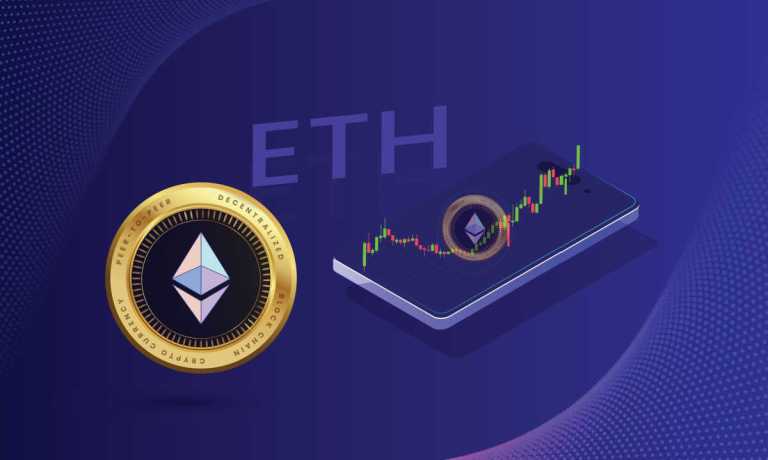The two biggest hurdles to greater use of Ethereum blockchain transactions have historically been high transaction fees and the enormous environmental cost.
Alongside the merge on Sept. 15 that transitioned the No. 2 blockchain into Ethereum 2.0, its electric power usage dropped from nation-sized to negligible thanks to its use of a proof-of-stake (PoS) consensus mechanism, and in turn, the ESG — environmental, social and governance — concerns of investors have largely disappeared.
The effect on the actual per-transaction cost, however, is a bit more slippery.
The Ethereum Foundation had been pretty clear in saying that the merge would not impact transaction fees — that would come in a year when the scheduled addition of sharing technology that would also provide the promised scalability jump to 100,000 transactions per second (TPS) from its current 12 to 14 comes into effect. Increased network capacity was the key to solving costs.
And yet, if you look at the numbers, the average Ethereum transaction is now a lot cheaper than it was a year ago, having fallen from $40 to $50 to a current rate that has been running roughly between $1.50 and $3.75 according to data from The Block. That’s down more than 90% from a year ago.
Fighting Over Price
Advertisement: Scroll to Continue
Of the two, the transaction cost was a far bigger problem, short-term, than environmental issues. It made minting non-fungible tokens (NFTs), investing in decentralized finance (DeFi), and any other transaction on an Ethereum-based project — and there are far more of those than on any other blockchain — pricy enough to discourage users. Transaction fees used to spike into the hundreds of dollars on a regular basis.
Those two shortcomings of Ethereum are what spurred the growth of the so-called Ethereum killer blockchains like Algorand, Avalanche, Cardano, Cosmos, Polkadot, and Solana to the top of the crypto charts by market capitalization in the past two years. All of them offered far greater scalability and used PoS that gave them a much lower environmental impact, while projects that wanted viable fees turned to Layer 2 solutions like Polygon.
They’ve still got huge scalability advantages, can finalize transactions in real time or near-real time, and their fees range from a few cents to fractions of a penny.
What’s Going to Happen?
The thing is, there’s a strong case to be made that Ethereum 2.0’s transaction fees have more to do with the crypto winter downturn.
For one thing, if you look back, Ethereum 2.0’s low transaction price level actually dates back to July.
For another, traders stopped trading as much as volatility dropped along with the price of ether, cutting the number of transactions — which has a direct effect on transaction fee prices.
That’s something made clear in leading U.S. crypto exchange Coinbase’s recent SEC filings, which blamed a dramatic cut in profit on that lower volatility cutting into its profits as its trading fees declined.
Ethereum 2.0’s transaction fees, they are determined largely by the market — if there are more transactions made than can fit onto a new block being added to the blockchain, users will bid up the price of transaction fees in order to get transaction finalized as soon as possible by getting their transactions written onto new blocks first.
So, fewer transactions means lower fees.
But that makes Ethereum a more attractive blockchain to build projects on, as does the removal of its environmental Achilles’ heel — both of which should increase the number of transactions over time.
Which could push fee prices back up again.
For all PYMNTS crypto coverage, subscribe to the daily Crypto Newsletter.

